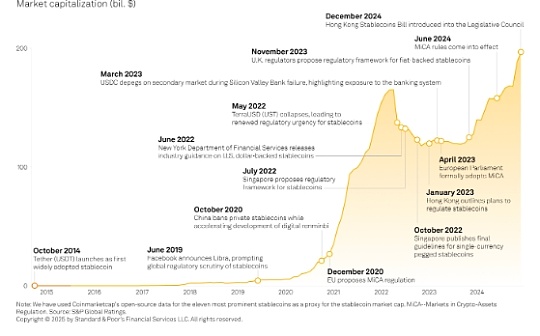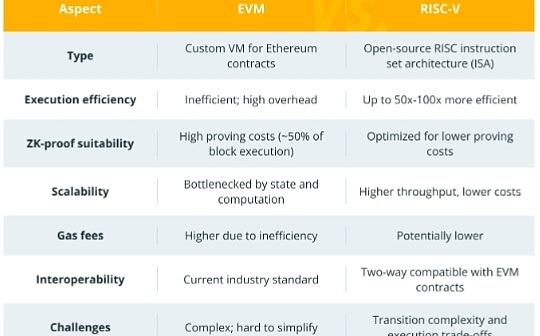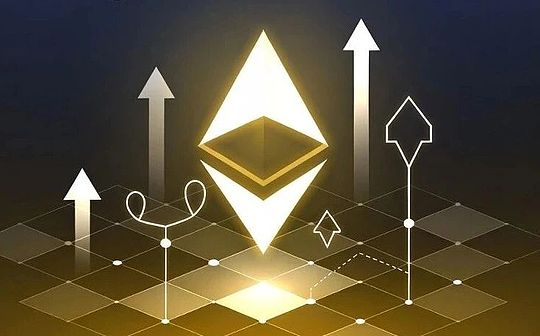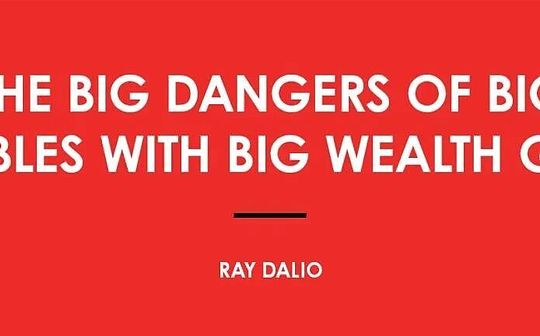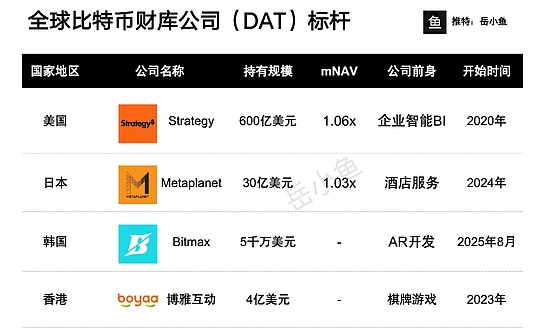
Author: Max Moeller, CoinTelegraph; Compilation: Wuzhu, Bitchain Vision
1. What is Bitcoin mining?
Bitcoin mining is a method of verification of online transactions.This process is also the process of adding new Bitcoins to existing supplies.
The number of bitcoins in circulation is currently around 19.5 million, and the total supply of the cryptocurrency is expected to be 21 million.The last 1.5 million or so was locked, waiting for users with powerful computers to release them through Bitcoin mining.
Bitcoin mining is like a digital treasure hunt.The miner is equipped with powerful computer hardware to search for 64-bit hexadecimal code that verifies transaction blocks.This code (also known as hash) is found through a process called hash.
Hash requires computer hardware to filter trillions of hashes to find a hash that matches the block difficulty (also known as the target hash).Once the miner finds the target hash of the block, they can verify that its transaction is true and perform block confirmation.The network then generates more Bitcoin (BTC).
Finding a target hash can take a long time for the miner.The length of time depends on many factors, such as the current mining difficulty of the Bitcoin network.Difficulty adjustments are made every 2,016 blocks and are increased or reduced according to the number of miners contributed.The more miners, the higher the difficulty, and the fewer miners, the lower the difficulty.
Mining equipment complies with Bitcoin’s mining algorithm SHA-256.SHA-256 is a cryptographic hash function used for applications such as password hashing and digital signature verification.
A new block is mined every 10 minutes, and the network releases a fixed amount of Bitcoin and distributes it to miners.The Bitcoin released this time is called a block reward.Before the Bitcoin halving in April 2024, the block reward is 6.25 bitcoins per block.The Bitcoin halving event reduces the reward to 3.125 bitcoins, about half every four years.This halving process was programmed by the creators of Bitcoin to create digital scarcity and maintain the value of Bitcoin, which also greatly impacted the profitability of the mining industry.
The creators of Bitcoin programmed the network to halve every 210,000 blocks (about every four years) to create digital scarcity.At this rate, Bitcoin will not reach the upper limit of 21 million coins until 2140.
By then, miners will still receive rewards through transaction fees, but will no longer release new Bitcoin to the network.
2. How long does it take to mine a Bitcoin on average?
The time it takes to mine 1 bitcoin may vary.
Each packaged Bitcoin block releases 3.125 bitcoins.To answer this core question, it takes an average of 10 minutes to mine more than 1 bitcoin, but 3 bitcoins, and this speed will fluctuate over time.However, because mining a single block requires a lot of computing power (also known as block time), it is almost impossible for a miner to get the reward of all 3.125.
How long does it take for one person to mine 1 Bitcoin?Due to different hardware of miners, the range of this number will be very large.For example, some miners have dozens, if not hundreds, of mining hardware, trying to improve their hash rate.In this case, they may earn more bitcoins per block than other miners with lower hash rates.Many miners join the mining pool to contribute to Bitcoin mining.

A mining pool is a group of miners who contribute their hash rate as an entity, hoping to find the target hash.In this process, miners receive rewards based on their hash rate contribution.
Rewards are allocated by the pool operator, which usually charges the pool fee.However, miners can contribute to different types of mining pools.
Proportional rewards
The mining pool allocates rewards based on the miner’s computing power contribution.They can also receive additional rewards through transaction fees.
Pay by the last N groups
The mining pool allocates miners to shifts and pays them based on their “shift” time.Shifts refer to a fixed period in which miners contribute to the mining pool.
Pay by share
Mining pools provide fixed income for miners and expect them to contribute a certain amount of computing power every day.While this is a stable way to mine Bitcoin, it eliminates the ability of miners to earn transaction fees.
3. How difficult is it to mine Bitcoin separately?
Mining Bitcoin alone requires a miner to compete with all the other miners around the world.
Bitcoin’s Proof of Work (PoW) consensus protocol makes mining a natural competition.Regardless of the power of the mining equipment, the chances of individual miners defeating the rest of the world to obtain a block target hash value is almost zero.
In the early days of Bitcoin, due to the lack of miners, mining was relatively difficult.Block rewards are also much higher, and miners earn dozens of bitcoins per block.However, the value of Bitcoin was less than $1 at that time, so the reward was quite appropriate.
Currently, independent miners join cryptocurrency mining pools and have the opportunity to receive rewards from Bitcoin mining.Potential miners without powerful mining machines can also join the cloud mining service to save initial investment costs.
Cloud mining services include miners renting computing power through cloud and requiring users to pay a portion of the fees.Therefore, miners pass on some of the energy consumption costs to paying users.In return, paid users receive block rewards based on their computing power share.
4. How to earn 1 Bitcoin every day without investing?
It takes money to make money.It’s almost impossible to earn Bitcoin without investing, but there are some cheap ways to get involved.
It is almost impossible to earn 1 bitcoin a day without investing.Bitcoin mining requires energy consumption, and miners pay through electricity bills.In addition, Bitcoin mining will become increasingly difficult over time.It requires a lot of electricity and specialized, expensive hardware.
For individuals, mining 1 bitcoin per day is almost difficult even if the expenses are huge.Anyone who wants to mine Bitcoin must compete with powerful mining companies, whose economies of scale give them a significant competitive advantage over individual mining tools.
As of May 6, 2024, 1 Bitcoin is worth $64,116.Earning so much income every day without investment will seriously undermine the stability of the cryptocurrency market.So beware of websites or programs that claim to help you earn 1 bitcoin for free every day.These are often scams designed to exploit those seeking quick rewards.
Those who want to invest in cryptocurrency mining should first understand cryptocurrency trading, blockchain technology and cryptocurrency markets.Over time, they may be able to use the right information and methods to convert small investments into large sums of money.

